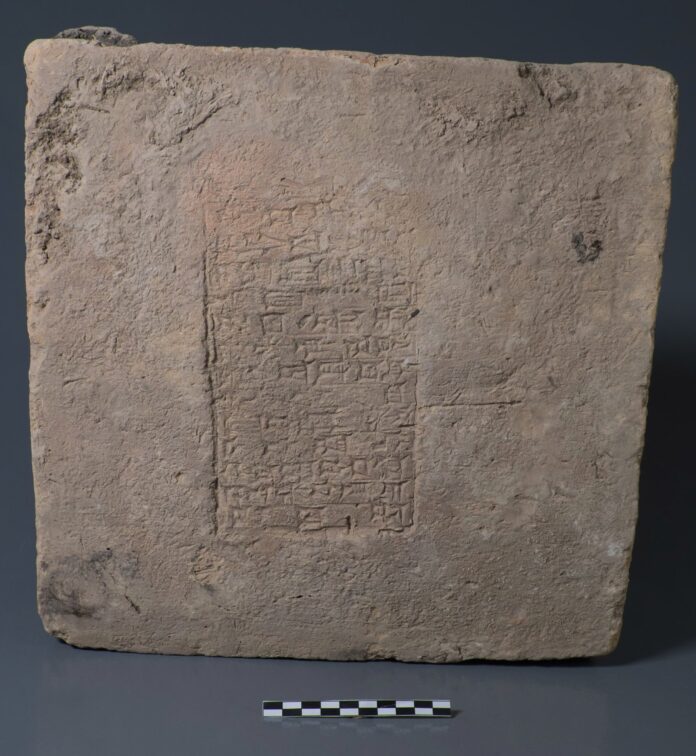Decoding the Past: How Clay Bricks Reveal Earth’s Ancient Magnetic Field
The Levantine Iron Age Geomagnetic Anomaly
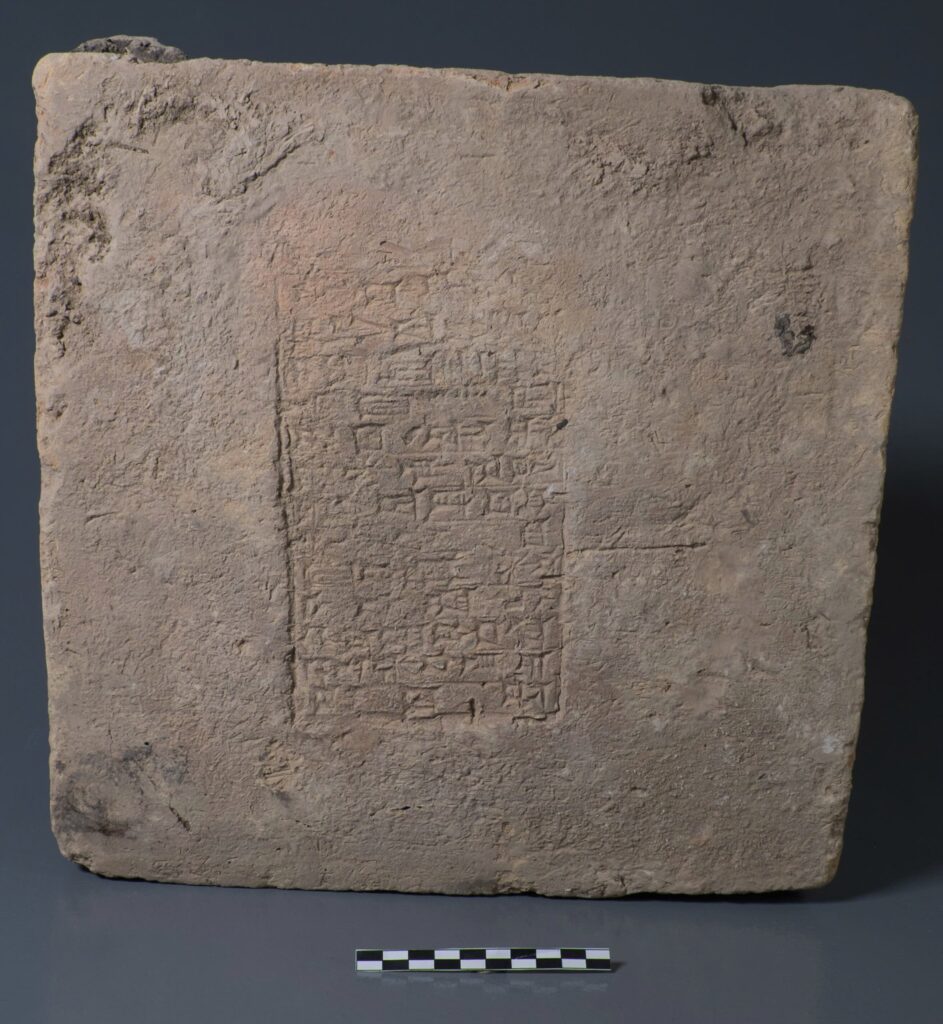
In a groundbreaking study, researchers have uncovered fascinating details about Earth’s ancient magnetic field using an unlikely source: Mesopotamian bricks. These ancient artifacts, dating back over 3,000 years, have shed light on a mysterious period known as the Levantine Iron Age geomagnetic anomaly.
Archaeomagnetism: Reading History Through Magnetism
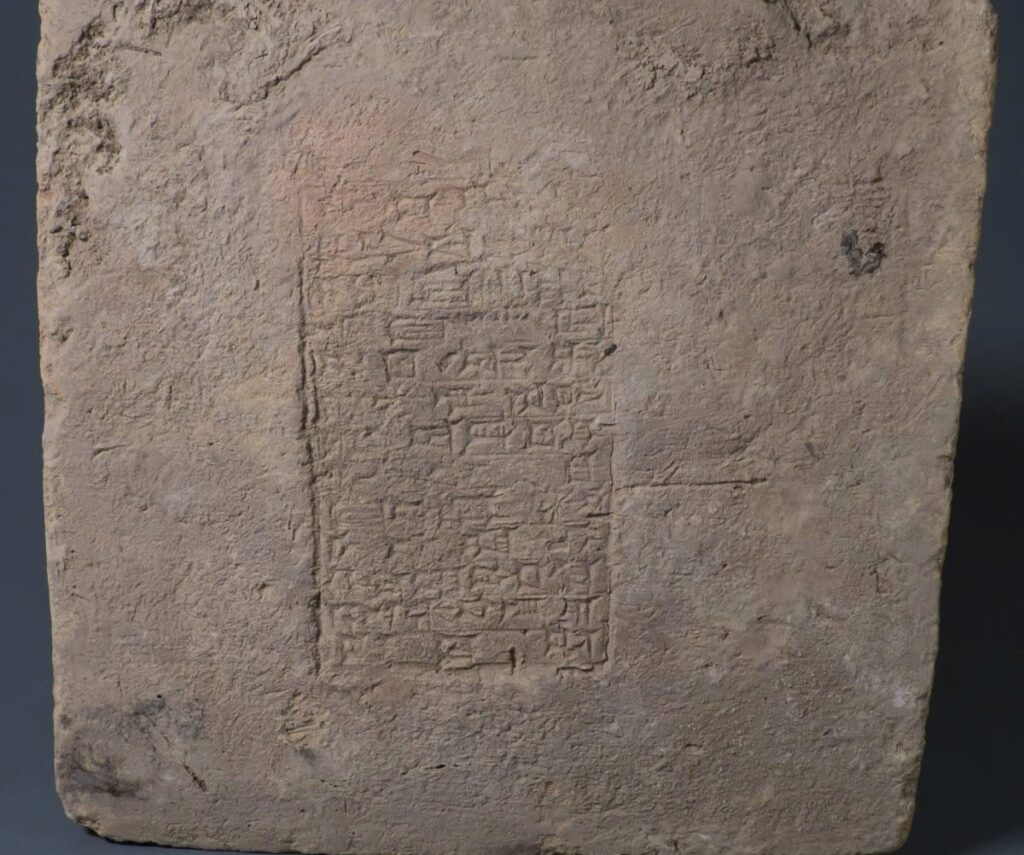
Scientists employed archaeomagnetic techniques to extract information about the strength and direction of Earth’s magnetic field from these ancient bricks. By carefully removing and replacing the magnetic signatures in small fragments, they discovered that the magnetic field during this period was more than one and a half times stronger than it is today.
Royal Inscriptions: A Timeline Written in Clay
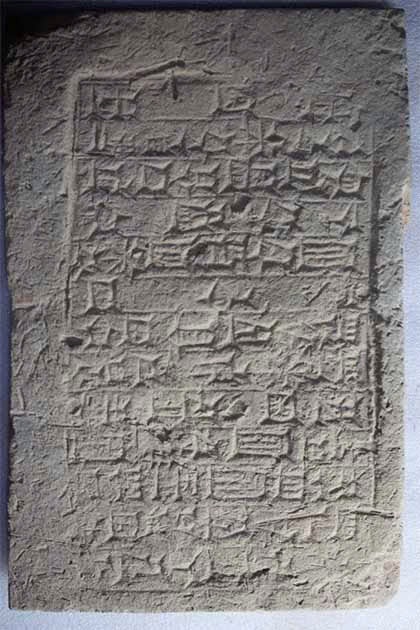
The study focused on 32 clay bricks, each bearing the name of one of 12 Mesopotamian kings. These inscriptions provided a precise chronological record, offering a unique advantage over traditional carbon dating methods. The most dramatic change in the magnetic field was observed during the reign of a familiar historical figure: Nebuchadnezzar II, who ruled from 604 to 562 BCE.
Implications for History and Geology
This research not only supports a specific historical timeline known as the Low Chronology but also offers valuable insights for geologists studying Earth’s changing magnetic field. By peering into the past through these ancient bricks, scientists can better understand phenomena like the South Atlantic Anomaly, a present-day magnetic irregularity believed to be millions of years old.
The Future of Archaeological Dating
Professor Mark Altaweel of University College London emphasizes the importance of this technique: “We often depend on dating methods such as radiocarbon dates to get a sense of chronology in ancient Mesopotamia. However, some of the most common cultural remains, such as bricks and ceramics, cannot typically be easily dated because they don’t contain organic material.”
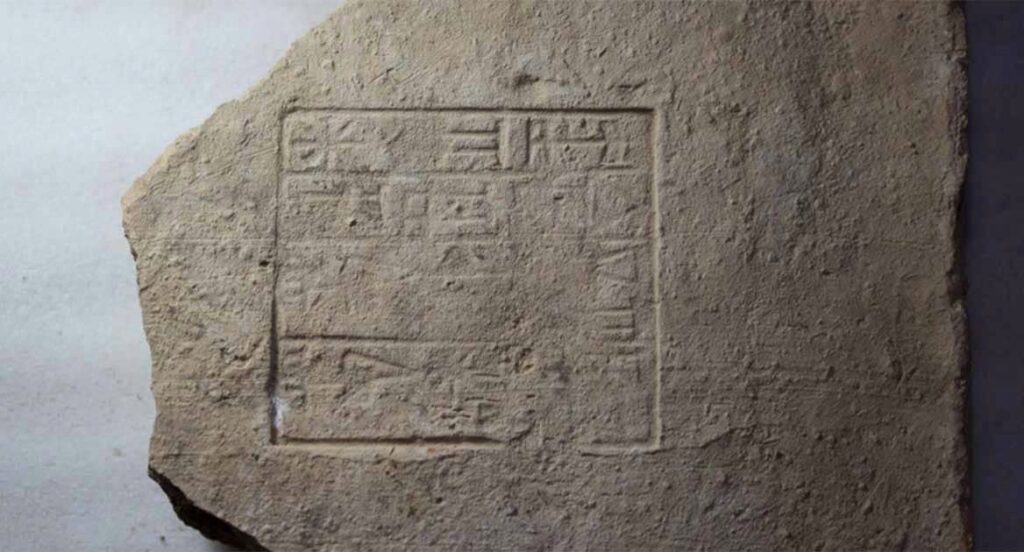
This innovative approach to studying ancient artifacts opens new doors for both archaeologists and geologists, providing a unique window into Earth’s magnetic past and potentially reshaping our understanding of historical chronologies.
